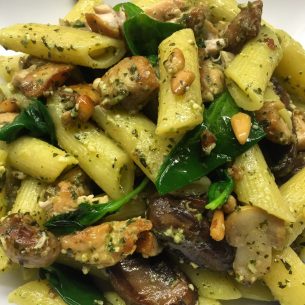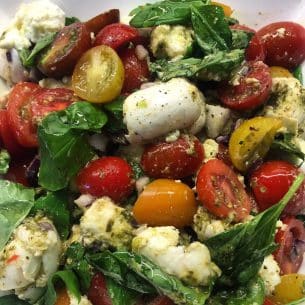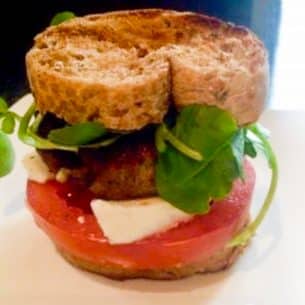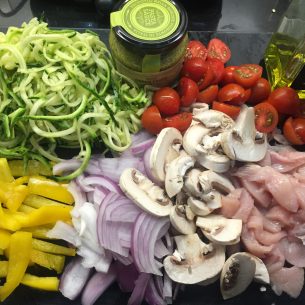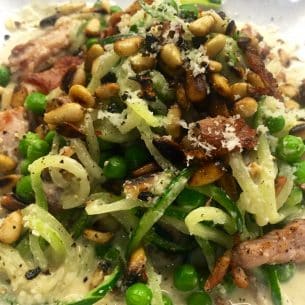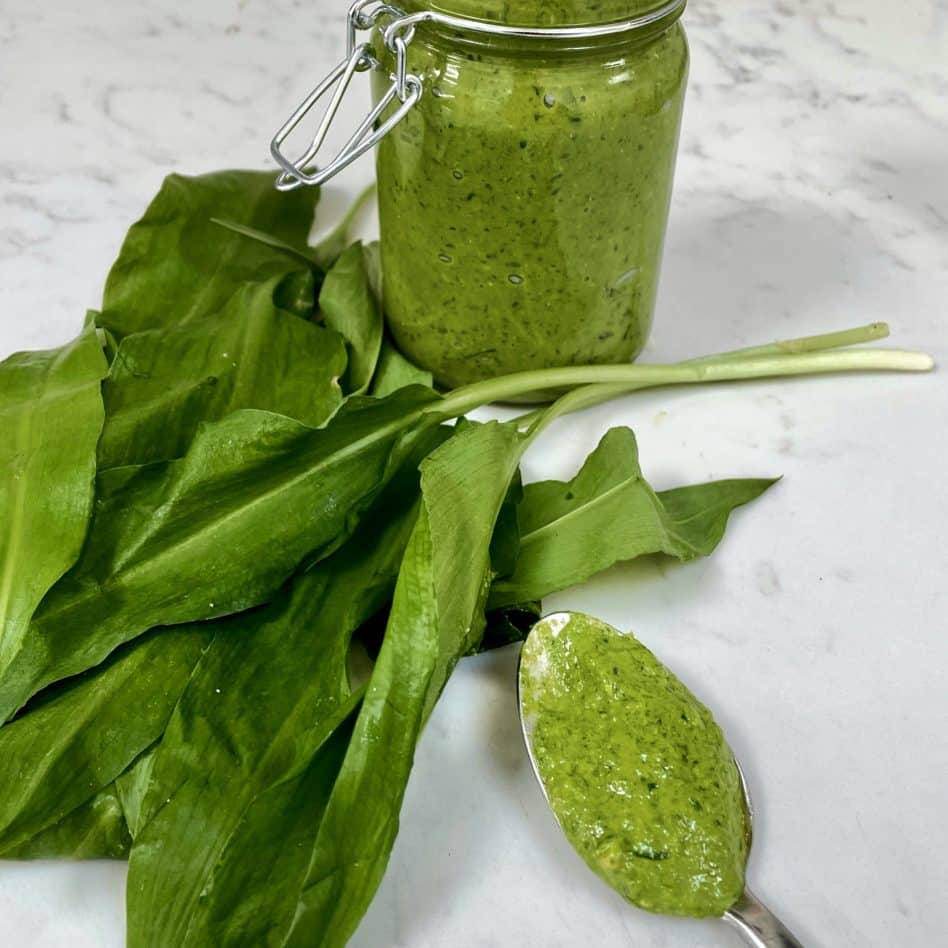
Hey Pesto!! Wild Garlic Pesto
Well I had such a fun weekend making the most delicious wild garlic pesto. There is something quite amazing about picking ‘free’ wild garlic and creating a lovely jar of fresh and delicious pesto.
It’s bright and vivid and packed with delicious flavours, not dull like its shop bought counterparts
So what is Wild Garlic?
Well according to Wiki
Allium ursinum, known as wild garlic, wild cowleek, ramsons, buckrams, broad-leaved garlic, wood garlic, bear leek or bear’s garlic, is a bulbousperennial flowering plant in the amaryllis family Amaryllidaceae.
It is native to Europe and Asia, where it grows in moist woodland. It is a wild relative of onion and garlic, all belonging to the same genus, Allium.
We have loads around the Dunmow area – here’s our patch (amongst other)
Be absolutely sure it’s wild garlic you are picking – it smells garlicky and sweet – always check
And these are what the leaves look like up close
So what does wild garlic taste of?
Obviously, wild garlic tastes like garlic.
However it does differs from the more common cloves. It seems more mellow and has a distinct grassy flavour.
The raw leaves have a strong pungent smell, but taste delicate and sweet.
It’s so good in pesto – trust me 🙂
How to make Wild Garlic Pesto
Well it’s super easy to be honest – as long as you have a food processor
It’s a simple blend of wild garlic, pine nuts, lemon juice & zest, olive oil and parmesan – it’s that basic
How to serve your Pesto
Well I can simply eat it out the jar ha ha 🙂
However it’s wonderful:
- On pasta
- On garlic bread topped with tomatoes
- In a tomato and mozzarella salad
- In panini’s and sandwiches
- On baked chicken, lamb and fish
- Swirled through soups
Actually it’s great with a lot of things, a lot!
Can I use other nuts in wild garlic pesto?
Yes, yes you can
I used pine nuts as I love them, but you can use:
- walnuts
- Hazelnuts
- Cashews
- Blanched Almonds
How long does homemade pesto last?
- Homemade pesto will generally keep for about 2 weeks, assuming it has been continuously refrigerated.
- You can freeze your pesto too, covered in airtight containers or heavy-duty freezer bags.
- How long does pesto last in the freezer? Properly stored, pesto will be perfectly fine quality in the freezer for about 4 months
- How do you defrost your wild garlic pesto – In the fridge overnight – rather you’re good to go
And if you want to make Vegan Wild Garlic Pesto
It’s really simple – just drop the Parmesan – and there you go. Really delicious too
Another Idea
And I have lost of recipes that include Pesto – One of my faves is Tomato & Mozzarella Salad and this pesto works perfectly in it!
So let me know how you get on and if you like it as much as I do
Thanks Clare x

Wild Garlic Pesto - Easy
Ingredients
- 100 g Wild garlic leaves washed and dried
- 60 g Pinenuts toasted
- 1 lemon Juice and zest
- 50 g Parmesan cheese grated
- 100 ml Olive oil
- Salt & Black pepper for seasoning
Instructions
- Rinse your wild garlic leaves in a colander and pat dry
- Roughly chop the leaves and pop into your food processor
- Next add you're toasted pine nuts, lemon juice, lemon zest and parmesan and blitz
- Once blitzed and combined slowly add your olive oil with the motor running
- Once combined, taste and season if required
- Pop into a spotlessly clean jar and pop the lid on (I add a tiny dribble of oil on the top) and hey presto that's it
- Store in the fridge for up to 2 weeks






